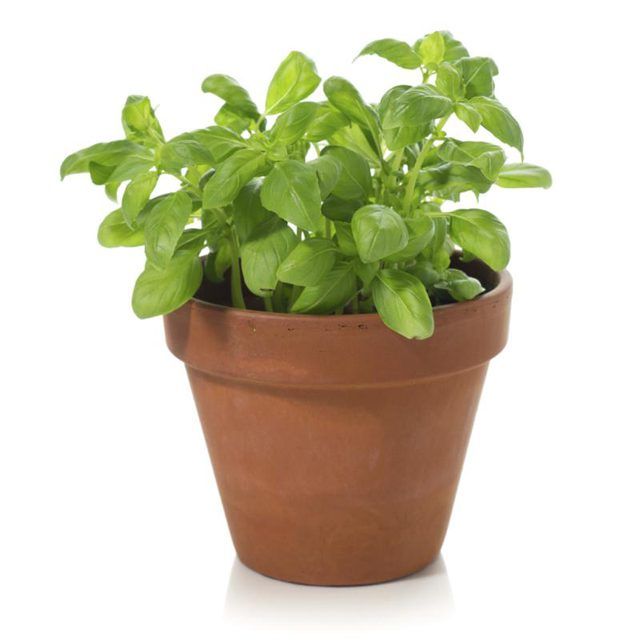Bulbs
Flower Basics
Flower Beds & Specialty Gardens
Flower Garden
Garden Furniture
Garden Gnomes
Garden Seeds
Garden Sheds
Garden Statues
Garden Tools & Supplies
Gardening Basics
Green & Organic
Groundcovers & Vines
Growing Annuals
Growing Basil
Growing Beans
Growing Berries
Growing Blueberries
Growing Cactus
Growing Corn
Growing Cotton
Growing Edibles
Growing Flowers
Growing Garlic
Growing Grapes
Growing Grass
Growing Herbs
Growing Jasmine
Growing Mint
Growing Mushrooms
Orchids
Growing Peanuts
Growing Perennials
Growing Plants
Growing Rosemary
Growing Roses
Growing Strawberries
Growing Sunflowers
Growing Thyme
Growing Tomatoes
Growing Tulips
Growing Vegetables
Herb Basics
Herb Garden
Indoor Growing
Landscaping Basics
Landscaping Patios
Landscaping Plants
Landscaping Shrubs
Landscaping Trees
Landscaping Walks & Pathways
Lawn Basics
Lawn Maintenance
Lawn Mowers
Lawn Ornaments
Lawn Planting
Lawn Tools
Outdoor Growing
Overall Landscape Planning
Pests, Weeds & Problems
Plant Basics
Rock Garden
Rose Garden
Shrubs
Soil
Specialty Gardens
Trees
Vegetable Garden
Yard Maintenance
How to Grow and Use Cinnamon Basil
How to Grow and Use Cinnamon Basil. If you enjoy herbs and spices, combine the two and grow cinnamon basil (Ocimum basilicum), an herb that features the taste and aroma of basil with overtones of cinnamon. Like other types of basil, it grows outdoors as an annual in all parts of the United States, or you can grow it as a potted plant outdoors or...

If you enjoy herbs and spices, combine the two and grow cinnamon basil (Ocimum basilicum), an herb that features the taste and aroma of basil with overtones of cinnamon. Like other types of basil, it grows outdoors as an annual in all parts of the United States, or you can grow it as a potted plant outdoors or indoors for easy harvest all year long. It's quite easy to grow when given basic care and a little extra attention now and then.
Starting Plants
You can start cinnamon basil from seeds, sowing them indoors in early spring to grow outdoors, or at any time to keep plants indoors. Start seeds in moistened sterile potting soil or soil-less mix, sprinkling them in flats or pots; cover seeds with 1/4 inch of soil or mix. Keep the mixture moist until seeds sprout, usually in five to seven days, then move seedlings into a sunny window, watering them whenever mix surface is slightly dry. For a pot, space seedlings to allow 12 inches between plants, and use additional pots to keep more plants; outdoors in the ground, plant seedlings 12 inches apart once danger of spring frost has passed. You can also direct-seed cinnamon basil when the weather warms in spring, keeping the soil lightly moist until seeds sprout.
Sun, Soil and Water
Cinnamon basil needs full sun for at least six to eight hours each day, so plant it in a bright, sunny spot outdoors. Indoors, keep it in a sunny, south- or west-facing window, or use a fluorescent grow light to give it extra light. It does well in any type of garden or potting soil but prefers rich, loamy soil that's well-drained; ensure that any container you use has one or more drain holes and never keep the pot in a water-filled saucer. Cinnamon basil needs a steady, even supply of moisture for good roots, and does best with about 1 inch of water weekly. Provide supplemental water to indoor-grown and outdoor plants whenever the top 1 or 2 inches of soil feels dry to your fingertip.
Feeding and Other Care
Only fertilize cinnamon basil once or twice during the season if it's grown outdoors; use a 5-10-5 fertilizer, applying it at a rate of 3 ounces for every 10 feet of planted row. For a container-grown plant, use a balanced, water-soluble formula such as 10-10-10, diluted to 1/2 strength, or 1/4 teaspoon per 2 gallons of water; check your product label for additional directions. Feed indoor-grown plants every four to six weeks, and every three to four weeks for those grown outdoors. Promote bushiness by cutting back growing tips every week or two, and remove flower heads to force the plant's energy into leaf production; wipe your tools between cuts with rubbing alcohol to prevent spread of disease.
Using Cinnamon Basil
Begin harvesting basil as soon as the plants are bushy and have some large leaves, pinching these off one at a time when plants are still young. Later in the season, remove entire stems and trim off individual leaves to use fresh, or keep stems in the shade on a screen to dry; don't hang bunches of stems because this slows drying and can allow mold growth. You can freeze fresh chopped basil leaves, placing them with a bit of water in ice-cube trays; keep dried basil in sealed jars or tins at room temperature. Use fresh leaves to add flavor to salads, toss fresh or dried leaves into soup or stew as it cooks, or use fresh leaves in pesto. Dried leaves can also be added to potpourri for their fragrance.